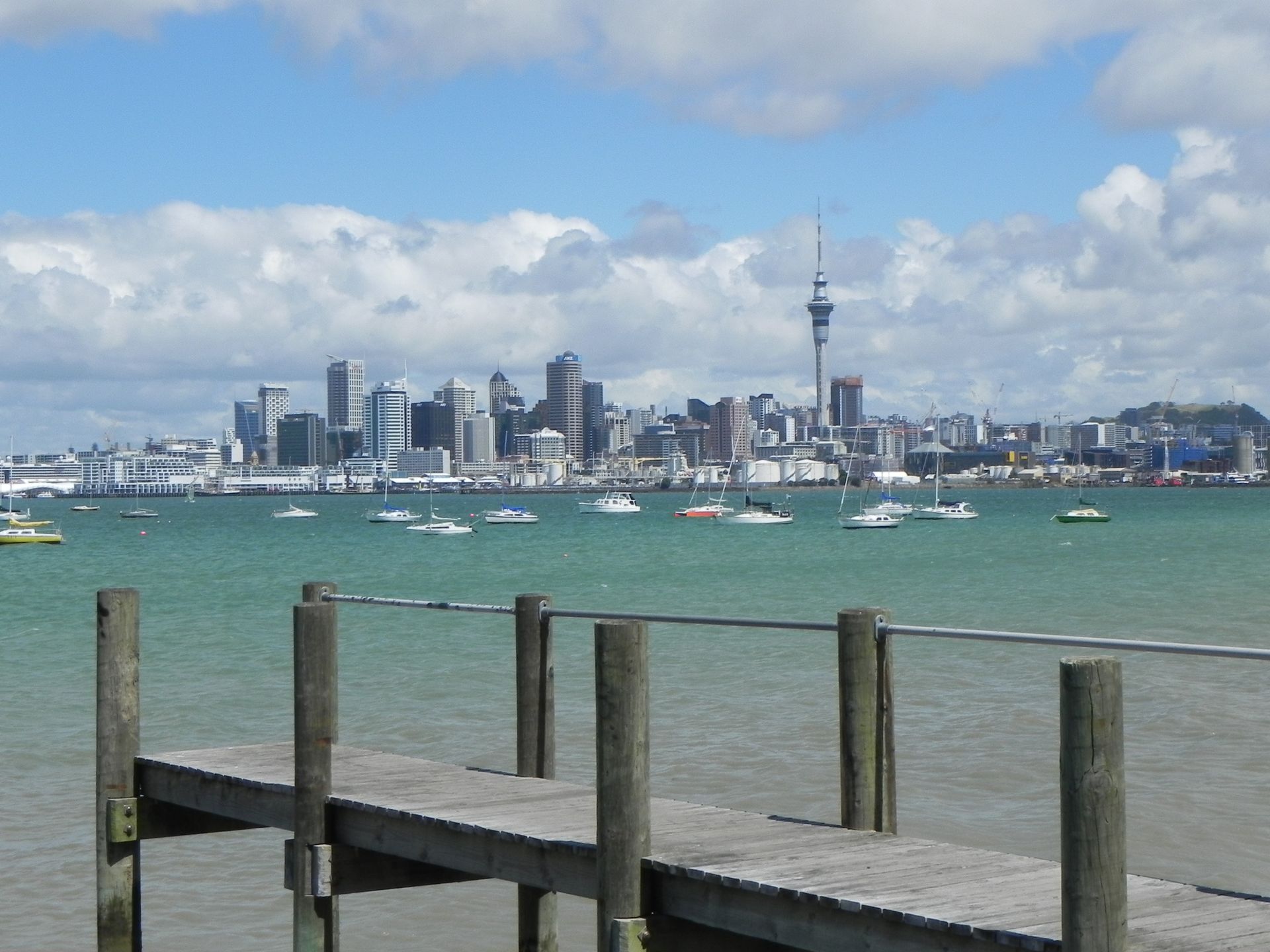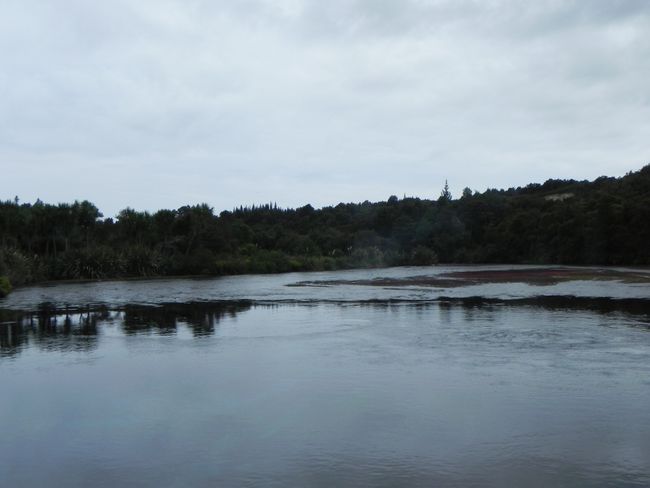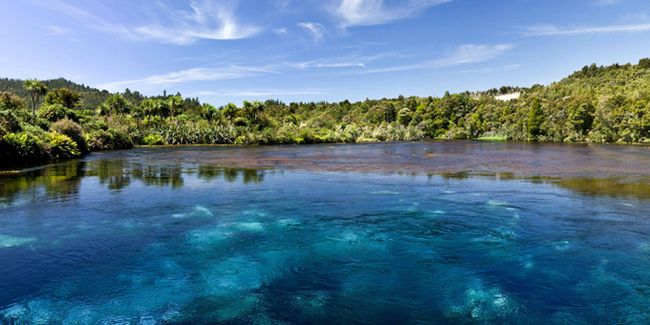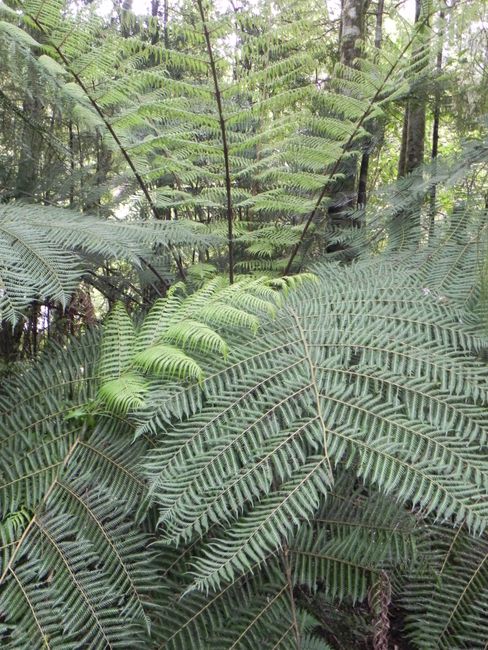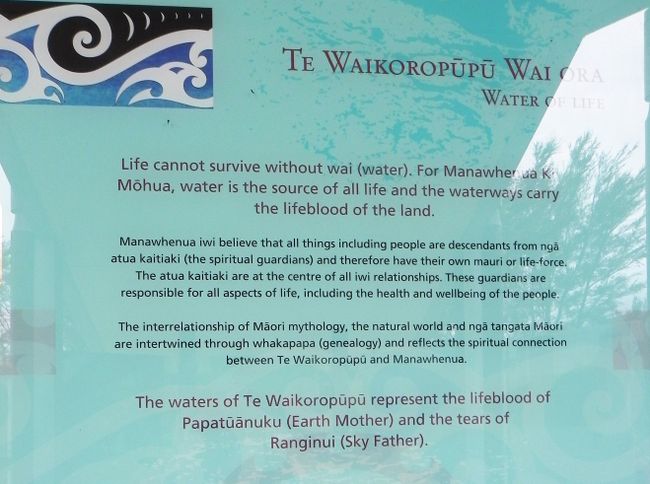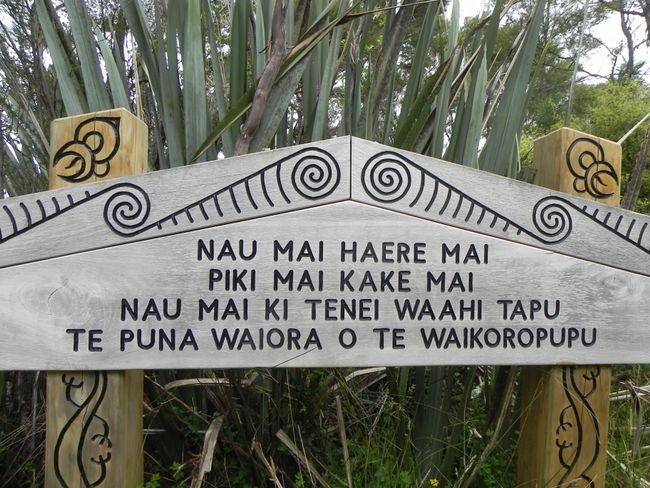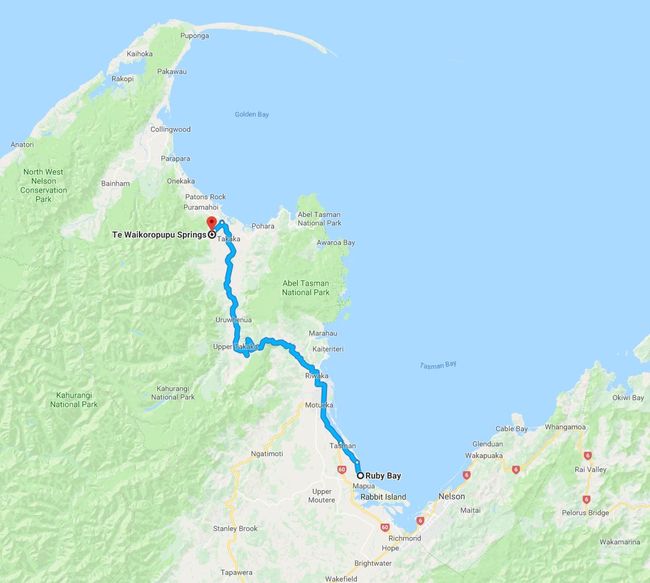04.01.2018 - Golden Bay
Nai-publish: 04.01.2018
Mag-subscribe sa Newsletter
The day started out very overcast and cloudy and remained that way, only interrupted by heavy rain. The usually beautiful Golden Bay north of Nelson appeared rather gray, which may be rare for a place that supposedly has the most hours of sunshine.
Nevertheless, we were lucky to visit the 'Te Waikoropupū', or the Pupū Springs, without getting wet. They are the largest freshwater springs in New Zealand and the largest coldwater springs in the southern hemisphere. They contain the clearest measured water besides that of the Weddell Sea in Antarctica. Unfortunately, that does not come across in the picture on a gray day. The springs produce 14,000 liters of water per second and surprisingly show measurable flow fluctuations twice a day, corresponding to the tides of the nearby ocean, even though the springs are 50 meters above sea level and there is no known connection between the springs and the seawater. According to the National Institute of Water and Atmospheric Research (NIWA), the tidal effect is caused by both the tides of the oceans (the movement of the earth's crust in response to the ocean tides) and the tides of the earth (the direct result of gravitational attraction to the sun).
The Māori likely visited these springs for the first time about 700 years ago during their expansion from Nelson towards Tasman Bay. For them, the Te Waikoropupū Springs are 'taonga', a treasure, and 'wāhi tapu', a place that still has great cultural and spiritual significance.
A gray day sometimes has the advantage of providing time to look it up on the internet :-).
Mag-subscribe sa Newsletter
Sagot
